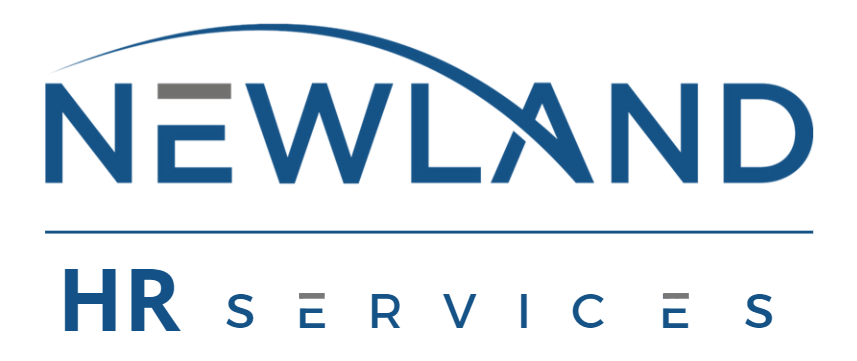Hybrid work strategy is no longer optional. The debate around remote work is over. Hybrid is an enduring feature of the modern workplace. Research shows that roughly 25% of U.S. workdays are still completed from home, even as many organizations push for more in-person routines. For HR and operations leaders, the task now is to design hybrid systems that balance flexibility with collaboration, and autonomy with culture.
The Hybrid Baseline: A Structural Shift, Not a Short-Term Trend
According to data from Harvard Business Review and Stanford University’s WFH Research Project, the post-pandemic work landscape has stabilized around a 25 percent remote work rate. This level has remained consistent for more than a year, even as return-to-office policies have tightened. Employees are not rejecting collaboration; they are rejecting arbitrary presence. Hybrid work has become the new standard for knowledge-based industries, especially in corporate, professional services, and technology sectors.
Organizations that continue to treat remote work as an exception risk alienating their workforce. The new baseline demands that leaders adapt operations, technology, and culture to a permanent hybrid reality.
Flexibility as a Core Retention Driver
Flexibility has emerged as one of the strongest predictors of employee engagement and retention. A 2024 Wall Street Journal survey reported that nearly 40 percent of professionals would consider changing employers if required to return to the office full-time. Employees increasingly view flexibility as a signal of trust and respect for personal productivity rhythms.
Yet flexibility without structure can cause friction. Teams struggle with coordination, and leaders face uncertainty about performance visibility. The solution lies not in restricting flexibility, but in designing systems that make flexibility functional. That begins with team-based planning.
Team-Based Office Days: From Mandate to Meaning
Traditional attendance mandates focus on compliance rather than collaboration. A more sustainable model is team-based office planning, where office days are scheduled based on collective needs rather than rigid rules.
For example:
-
Purpose-first scheduling: Teams plan in-person days for workshops, brainstorming sessions, or client alignment rather than arbitrary calendar patterns.
-
Aligned presence: Core contributors overlap in the office to maximize real collaboration and minimize wasted presence.
-
Choice within structure: Outside scheduled team days, employees have autonomy to choose where they work, ensuring both flexibility and accountability.
A structured yet adaptive schedule might designate certain midweek days for team alignment while keeping early-week and Friday schedules open for focused remote work. This balance fosters both engagement and productivity.
Using Data to Plan Smarter
Effective hybrid strategies are data-informed. Leading organizations use a combination of analytics and feedback to shape their office patterns.
-
Occupancy and utilization analytics reveal peak in-office times and underused spaces, helping leaders optimize attendance flow.
-
Employee pulse surveys gather insights on when in-person collaboration feels most valuable.
-
Organizational network analysis (ONA) highlights which teams interact most frequently and should synchronize office days.
-
Digital booking and space management tools support coordinated attendance and reduce overcrowding.
These data-driven approaches allow HR and operations teams to plan hybrid schedules that enhance productivity without resorting to blanket mandates.
Hybrid Done Right: Culture and Connection
When hybrid systems are intentionally designed, the benefits extend beyond logistics. Teams experience deeper connection, stronger innovation, and a more resilient culture. In-person days become meaningful rather than obligatory. Employees can engage in high-value conversations, share context more effectively, and strengthen belonging. Remote days, in turn, allow for deep focus and personal balance.
The key is intentionality. Hybrid work cannot be left to chance or individual preference alone. It requires thoughtful coordination, transparent communication, and continuous feedback loops that refine how teams work together.
Future-Proofing Hybrid Work Strategies
To sustain productivity and culture in a hybrid world, HR and operations leaders should focus on four actions:
-
Pilot and learn: Test hybrid planning frameworks within select teams, measure engagement, and refine before scaling.
-
Align policy with outcomes: Evaluate success through deliverables and team performance rather than physical presence.
-
Communicate clearly and iterate: Keep employees informed about the reasoning behind hybrid decisions and adjust policies based on real feedback.
-
Equip teams with structure: Provide a toolkit or guide that helps managers design their own team-based hybrid plans aligned with company goals.
Where Newland HR Services Fits In
At Newland HR Services, we help organizations build adaptive workplace strategies rooted in evidence, not assumptions. Our team partners with HR and operations leaders to interpret workforce data, map collaboration patterns, and design hybrid systems that enhance engagement and performance. Whether you are refining an existing hybrid policy or launching a new workplace framework, we bring a balance of analytics, human insight, and cultural alignment to every engagement.
Our consulting services, leadership coaching, and workforce planning solutions are built to meet this new era of hybrid work head-on—ensuring your people strategies evolve alongside business demands.
Hybrid work is no longer an experiment. It is the operating model of modern work. The organizations that succeed will be those that plan their office days around purpose, not presence, and use data to strengthen connection rather than enforce control.








